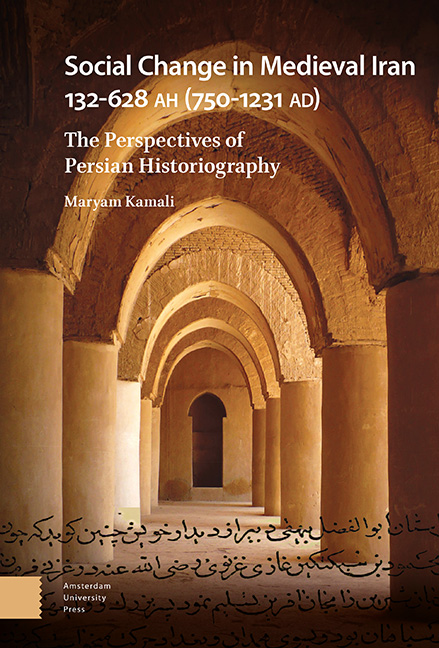Book contents
5 - The Structure of the Sāmānid Government: Moving in the Direction of Cultural Independence
Published online by Cambridge University Press: 28 December 2023
Summary
Abstract
Like the Tāherids, the Sāmānids drew on a borrowed structure approved by the caliph's mandate. The Sāmānids, who had taken over Mā Varā al-Nahr as a reward for quelling the revolt of Rāfeʿ ibn Leys, reproduced the structures of their dynasty by addressing cultural issues, strengthening Iranian bureaucracy, and maintaining their role as Iranian border guards. Using bureaucracy and cultural agents alongside the commanders was one of the social changes of the Sāmānid dynasty, whose roots can be traced back to pre-Islamic Iran. Training enslaved people and allowing them to reach the highest levels of power was a social change that developed from the egalitarian culture of the Sāmānids. The Sāmānids’ attention to various intellectual and cultural structures paved the way for the influence of Ismāʿili thought in Mā Varā al-Nahr and Khorāsān.
Keywords: Sāmānid dynasty, Iranian border guards and bureaucrats, Ismāʿilis
The Sāmānid rule: Borrowed from the ʿAbbāsid Caliphate
The borrowed nature of the Sāmānid dynasty prompts one to examine the structure of this government in the persistence of the Tāherid government. One must note that the Sāmānids, in light of their geographical location, cultural thinking, and intellectual currents, reproduced the borrowed structure in a different direction. The sources of power derived from the ʿAbbāsid Caliphate after Khorāsān reached Mā Varā al-Nahr under the Sāmānids and made significant and wide-ranging social changes. Those far-reaching changes became the model for the Sāmānids and the dynasties that followed.
The formation of the Sāmānid dynasty, like that of the Tāherids, was the result of delegating the reign of Mā Varā al-Nahr to the Iranians. The starting point for the presence of the Sāmānids in Mā Varā al-Nahr was the revolt of Rāfeʿ ibn Leys, which forced Hārun al-Rashid, the ʿAbbāsid caliph, to move to Khorāsān. This revolt, which could have posed a great danger to the ʿAbbāsid Caliphate's eastern frontier, was resolved by the Sāmānids. It ended without war or bloodshed at the lowest possible cost. According to Narshakhi:
When Rāfeʿ ibn Leys revolted against Hārun al-Rashid and seized Samarqand, Hārun al-Rashid sent Harsama ibn Aʿyon to fight him. Rāfeʿ fortified Samarqand and Harsama was unable to do anything.
- Type
- Chapter
- Information
- Social Change in Medieval Iran 132-628 AH (750-1231 AD)The Perspectives of Persian Historiography, pp. 113 - 128Publisher: Amsterdam University PressPrint publication year: 2023



